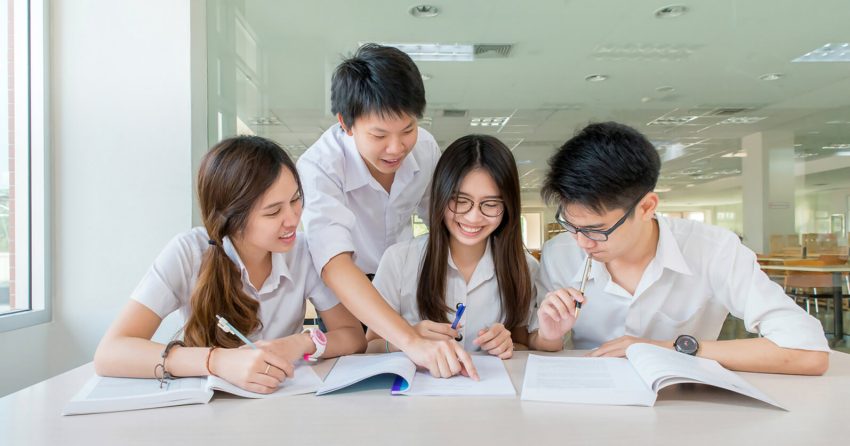metlifedentalnow.net – Education is a cornerstone of societal development, and the Philippine education system is no exception. It has evolved significantly over the years, influenced by various historical and cultural factors. This article delves into the structure, challenges, and recent reforms of the Philippine education system, providing a comprehensive overview of how education is structured and managed in the country.
The Structure of the Philippine Education System
The Philippine education system is divided into three main levels: basic, secondary, and tertiary education. Basic education includes kindergarten, elementary, and junior high school, which are mandatory and free for all students. Secondary education encompasses senior high school, and tertiary education includes colleges and universities.
- Basic Education: This level is compulsory and includes kindergarten, elementary (grades 1 to 6), and junior high school (grades 7 to 10). The K-12 program, which was implemented in 2012, added two years to the basic education curriculum, making it a total of 13 years of compulsory education.
- Secondary Education: This includes senior high school (grades 11 to 12), which was also introduced as part of the K-12 program. It provides students with specialized tracks that prepare them for college, work, or technical and vocational education.
- Tertiary Education: This level includes colleges and universities, which offer undergraduate, graduate, and postgraduate programs. The Commission on Higher Education (CHED) oversees this level of education.
Challenges and Recent Reforms
Despite the comprehensive structure, the Philippine education system faces several challenges, including inadequate infrastructure, teacher shortages, and disparities in educational quality between urban and rural areas. The government has been working on reforms to address these issues, such as the K-12 program, which aims to align the Philippine education system with international standards.
- K-12 Program: This reform extended basic education from 10 to 13 years, adding two years to the curriculum to improve the quality of education and make graduates more competitive in the global job market.
- Curriculum Overhaul: The Department of Education (DepEd) has been working on a curriculum overhaul to make education more relevant and responsive to the needs of the 21st century.
The Future of Education in the Philippines
The future of education in the Philippines looks promising, with ongoing reforms and a commitment from the government to improve the quality of education. The challenges are significant, but with continued efforts and support from all stakeholders, the Philippine education system can achieve its goals of providing quality education to all its citizens.
In conclusion, the Philippine education system is a complex and dynamic system that has undergone significant changes over the years. Understanding its structure, challenges, and recent reforms is crucial for anyone interested in the future of education in the Philippines. The government’s ongoing efforts to improve the system are a testament to its commitment to providing quality education to all Filipinos.

